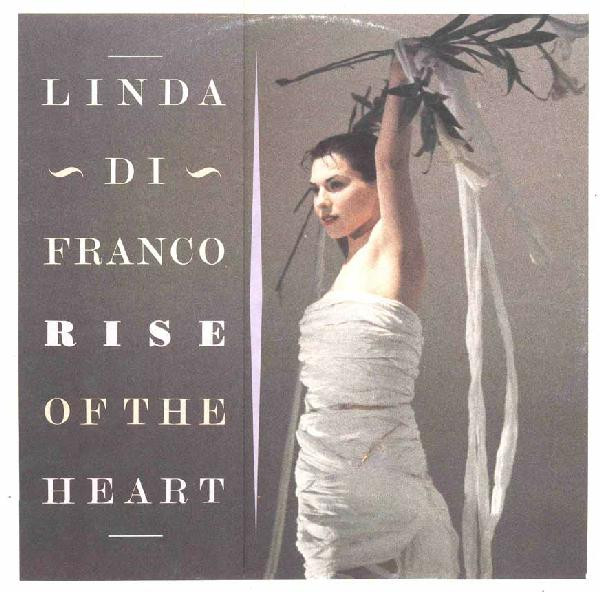
Slinky, balearic perfection from Linda Di Franco, who was a DJ in the Turin underground circuit (a scene about which I know absolutely nothing) before releasing Rise Of The Heart, her only full-length. Hard to pick a favorite track, but the unbelievably hard-hitting “TV Scene” has been stuck in my head for years. Her blissed out, bossa-tinged cover of Dusty Springfield’s “The Look of Love” is a peak, as is the tropical jazz anthem “My Boss” (which, oddly, was released in Italy as a 7″ split with Rod Stewart’s “Love Touch”). This isn’t a great quality rip, but it’s the best I could find as the record is way out of print. If anyone has a better copy they’d like to share, let me know! For fans of Antena, Brenda Ray, Sade, and Gina X Performance.



